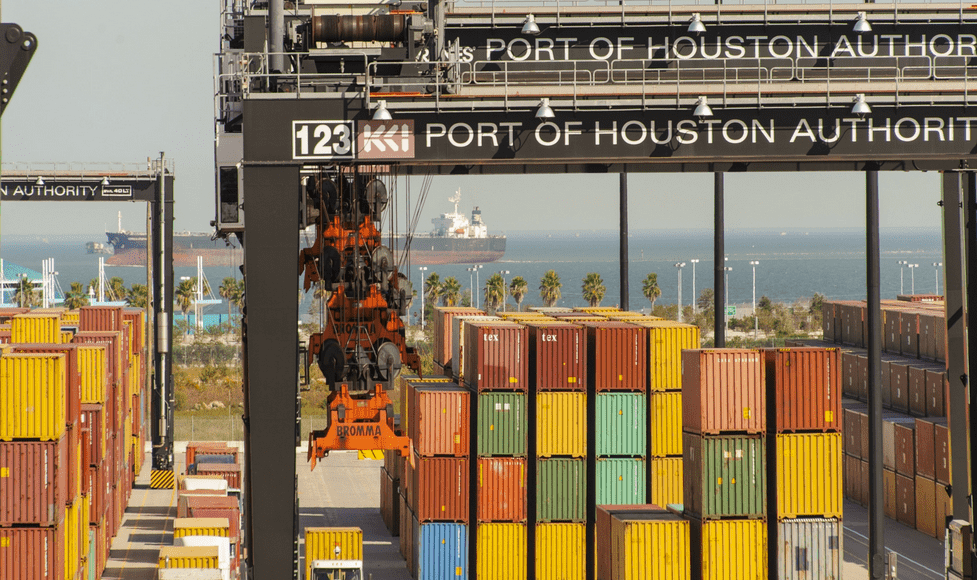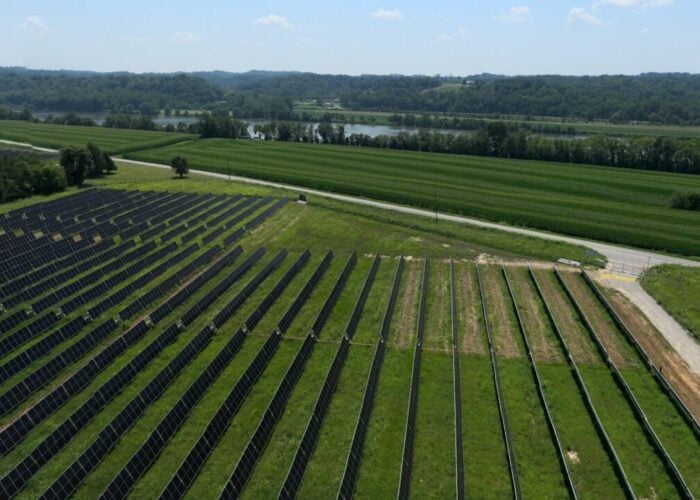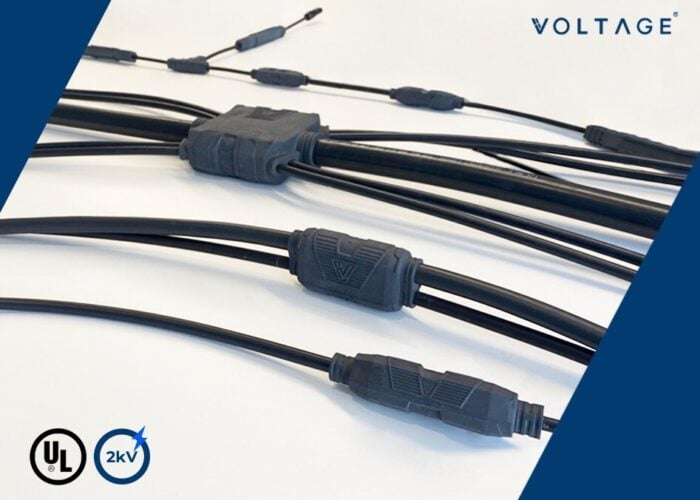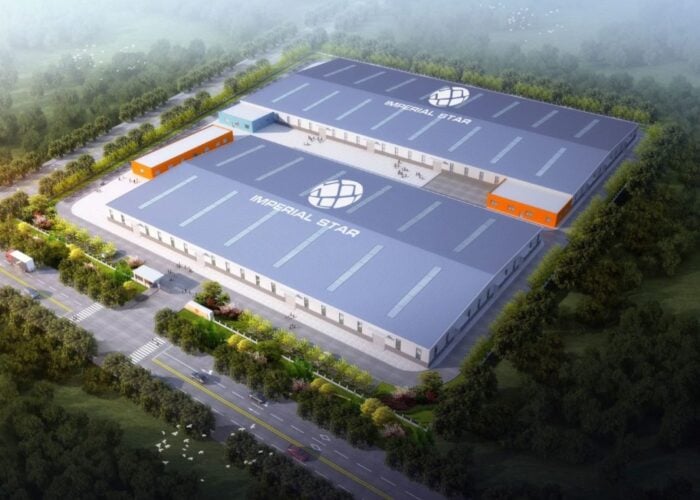
In a previous article for PV Tech, our head of research, Finlay Colville, discussed the sources of PV modules in the US. Modules assembled in Southeast Asia, including Vietnam, Thailand and Malaysia, accounted for about 70% of all solar PV modules landing in the US, he said. When it comes to company ownership, Colville said Chinese-owned companies supplied just over half of the modules consumed into US downstream channels in 2023.
In March, the US Department of Commerce (DOC) issued a final rule designed to tighten up the anti-dumping and countervailing duty (AD/CVD) regulations, which largely adopts the DOC’s rules proposed in May 2023 with minor revisions aimed to “enhance, improve and strengthen” the enforcement and administration of the AD/CVD laws.
Try Premium for just $1
- Full premium access for the first month at only $1
- Converts to an annual rate after 30 days unless cancelled
- Cancel anytime during the trial period
Premium Benefits
- Expert industry analysis and interviews
- Digital access to PV Tech Power journal
- Exclusive event discounts
Or get the full Premium subscription right away
Or continue reading this article for free
In the webinar, PV Modules to the US in 2024: Suppliers, Traceability, Technologies & Reliability, Colville and Tristan Erion-Lorico, VP of sales and marketing at Kiwa PVEL, explored the AD/CVD and Kiwa PVEL’s Module Reliability Scorecard, which will be announced in June.
AD/CVD
In the final rule of the AD/CVD regulations, the DOC lists examples of particular market situations that distort the cost of production, such as overcapacity and oversupply, subsidies and duty exemptions.
The final ruling also removes the regulation limiting the DOC’s ability to countervail transnational subsidies, where a government provides benefits to a different country. This would, for example, enable the DOC to countervail programmes such as China’s Belt and Road initiative, which wasn’t previously possible under the more restrictive regulations. The DOC also recognised that lax, ineffective, or non-existent government regulations regarding human rights, labour rights or environmental protections allow foreign competitors to produce merchandise at lower costs than if effective laws were in place.
Discussing the AD/CVD regulations in the webinar, Colville said they were trying to halt module supply from certain countries and companies.
“This is about trying to stop the supply of companies that are taking business away from companies that are rather US-owned, or ones that consider the US to be one of their strong markets,” he said.
Asked whether the AD/CVD regulations will be applied to countries such as India, Turkey and Indonesia, Erion-Lorico said that it seems to be primarily aimed at safeguarding the domestic manufacturing base.
“It took 10 years to get what has been announced recently. So I don’t know if that’s a precursor for how long it’ll take for Indonesia and other countries to be added,” he said.
Erion-Lorico added that the recent AD/CVD document release took years of preparation, and it will likely take another year or two for debates and processes before considering additional countries.
In 2022, the DOC revealed that imports of some PV cells and modules produced in four Southeast Asian countries were circumventing AD/CVD orders on solar cells and modules from China. The following month, in January 2023, US lawmakers from both sides of the US House of Representatives issued a resolution to repeal the waiver on solar import tariffs from Southeast Asia. Congressman Dan Kildee, one of the principal lawmakers involved, cited the need to support and bolster US solar manufacturing and accelerate independence from China as the driving force behind the resolution.
The vote was passed in both chambers, with the US Senate passing it in May, although the removal of the waiver was short lived as Biden vetoed the proposal by the Senate and the House of Representatives.
PVEL’s 2024 Module Reliability Scorecard
Elsewhere in the webinar, Erion-Lorico also announced this year’s PV Module Reliability Scorecard, which is set to be released in early June.
Each year, the scorecard presents findings from Kiwa PVEL’s PV Module Product Qualification Program (PQP), scoring solar modules following the results of various testing procedures, including thermal cycling, damp heat, backsheet durability, light-induced degradation (LID) sensitivity and light-and-elevated temperature-induced degradation (LETID).
This year’s scorecard will present new findings, such as modules that do not experience glass breakage, major visual defects or wet leakage failures with over 40-millimetre hail. Kiwa PVEL will also announce key takeaways on the impacts of different cell technologies on the test results and on glass/glass modules versus glass/backsheet modules.
PV Tech covered the findings of last year’s Module Reliability Scorecard, with 247 module types from 35 manufacturers being named “Top Performers”. PV Tech Premium also talked to Erion-Lorico about solar module performance trends in 2023.
Erion-Lorico went on to talk about testing perovskite cells. Usually, Kiwa PVEL tested modules which are about three square metres, but the perovskite cells measured only 2.5 square centimetres.
“Our setup isn’t designed for testing these early-stage modules, but we’re interested in doing so once they reach full module sizes,” he said.
Currently, perovskite cell testing mainly involves 2,000 hours of outdoor exposure to see how they hold up. Erion-Lorico said he’s unsure about whether perovskite manufacturers are ready to subject their modules to 2,000 hours of damp heat testing.
Therefore, Erion-Lorico concluded that purchasing multiple GW of perovskite modules in the next five to ten years may be overly optimistic.






